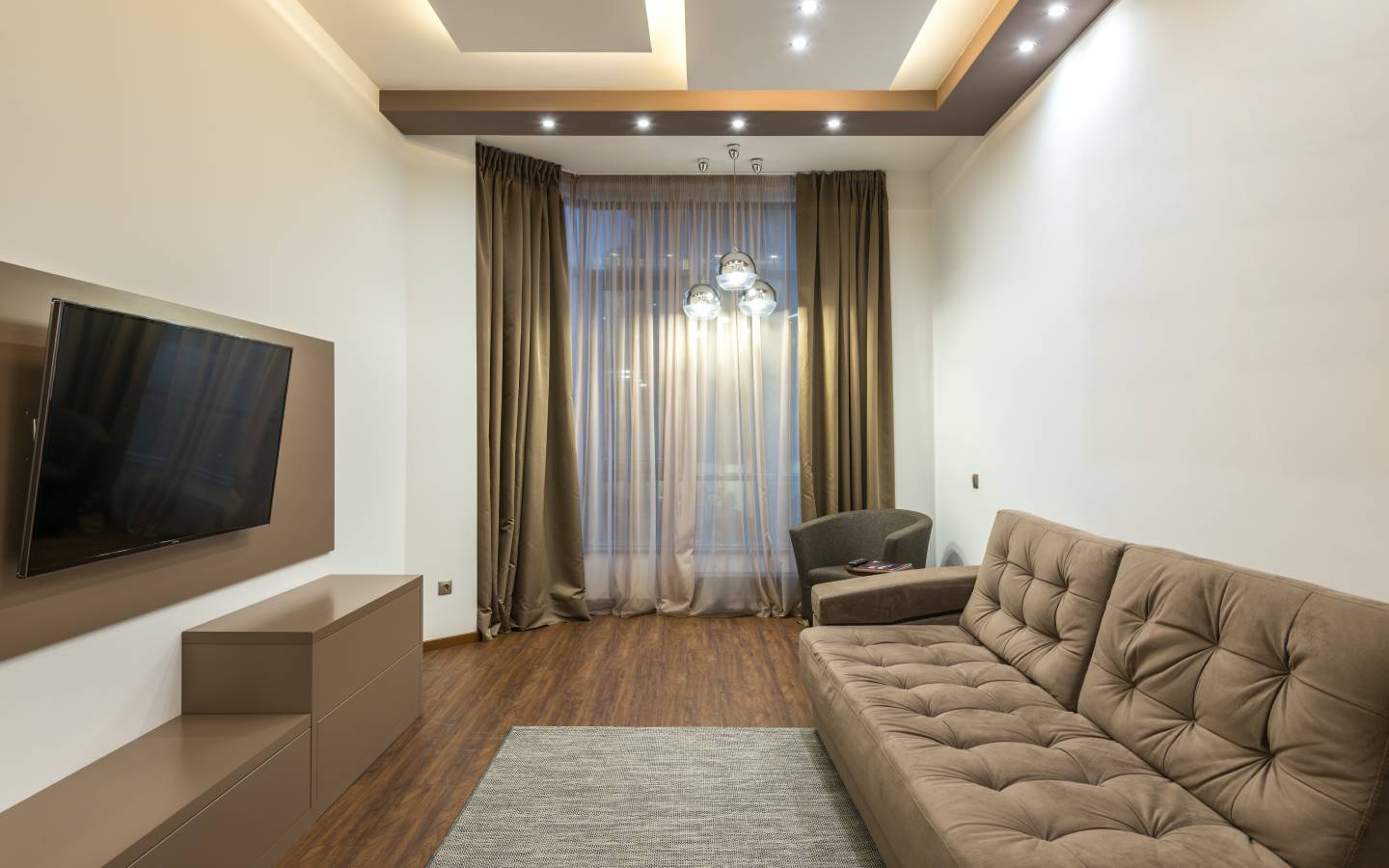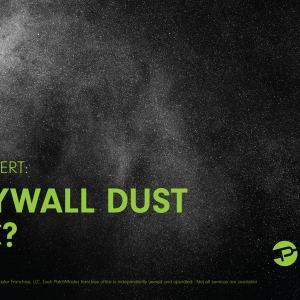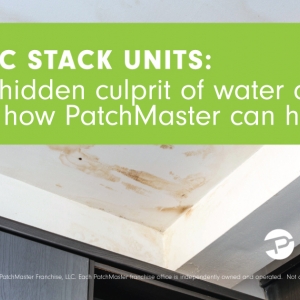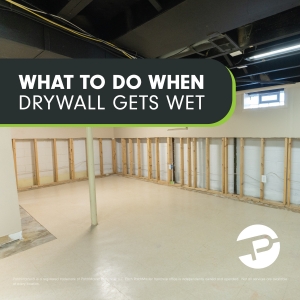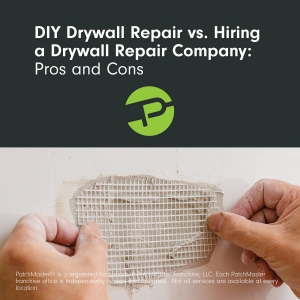Drywall (also known as gypsum board or sheetrock) is a popular material for interior walls and ceilings. Did you know drywall comes in various types, sizes, and textures? Here’s how to pick the best type of drywall to fit your home or drywall repair project.
Let’s start with the basics. Made of gypsum (a mineral used in products ranging from fertilizer to chalk) and sandwiched between two sheets of paper, “regular” drywall is the most commonly used form of drywall.
Standard Drywall
Standard drywall is usually white or gray, and 1/2-inch thick but comes in different thicknesses for different purposes:
1/4-inch thickness is used when there’s a curved surface that requires that the installer bends the drywall. Installing material like this allows your local drywall technician to wet down the material, allowing it to bend easily and follow the structure of an arch, for example.
3/8-inch thickness is slightly thicker than 1/4-inch and is commonly usually used for patching drywall holes in curved surfaces.
5/8-inch thickness has the best soundproofing and dampening properties, so it's great for apartments and noisy homes.
Mold and Mildew-Resistant Drywall
There are several options for moisture-resistant and moisture-proof drywall.
Green Board Drywall
An excellent choice for kitchens, bathrooms, basements, and attics, green board drywall is mold resistant and typically comes in 1/2-inch or 5/8-inch thicknesses. A thick layer of green paper is applied to the surface of the gypsum, and a wax coating is applied over the paper. Even though it's durable, it's not waterproof or fireproof. The price of green board drywall tends to be about 20% higher than that of regular drywall.
Blue Board Drywall
Blue board drywall is highly moisture-resistant drywall that's perfect for bathrooms and basements due to its outer coating of specially formulated blue paper. While it still has the inner layer of gypsum, the outer blue paper is specially treated to resist moisture. Because it is not waterproof, blue board is suitable only for indoor use.
Fiberglass or Paperless Drywall
In recent years, developers have started making a new type of drywall that uses fiberglass mesh for the outer layers instead of paper. Fiberglass-coated drywall is both mold and moisture-resistant.
Purple Board Drywall
In addition to being moisture- and mold-resistant, purple board drywall is also fire-resistant. There is usually 5/16-inch thickness to the gypsum, which is fire and moisture-resistant. It is sandwiched between mold and moisture-resistant paper. Because it is dent and scratch-resistant, this type of drywall is used for ceilings, walls, and high-traffic areas. Generally, purple board drywall costs about 30% more than regular drywall.
Fire-Resistant Drywall
Several options are available if you need fire-resistant drywall.
Type X Drywall
Type X drywall has two layers of paper, one regular and one liner-backed. Because this is a thicker board, at 5/8 inches, it is a little harder to cut through. Due to its thickness, it is also good for dampening sound. The Type X drywall is generally used in apartment buildings and garages as it must pass a one-hour fire resistance test.
Type C Drywall
Despite matching Type X drywall in thickness, Type C drywall uses more glass fibers in its gypsum core. It costs about 10% more than Type X but is more fire-resistant due to its gypsum core. They are not interchangeable. Ceilings are better served by Type C because it performs better horizontally, while Type X performs better vertically.
Soundproof Drywall
Many types of drywall listed here are sound dampening, but soundproof drywall is made from more layers than regular drywall. There are two layers of gypsum instead of just one, and it is best used in rooms such as home theaters and studios. The cost of soundproof drywall can be as much as 400% higher than that of regular drywall.
Cement Board
Water and mold-resistant cement drywall is another type of drywall used under tiling or stone in showers and bathtubs. Instead of gypsum, the cement board is made of a cement center sandwiched between two layers of fiberglass mesh.
Do you have a drywall repair project you need assistance with? Our technicians are experts in drywall repair, paint, and texture matching and can patch dings and dents in any home or location.
Contact PatchMaster serving North York, Ontario, to schedule your free repair quote today or call 1-833-WE-PATCH.
